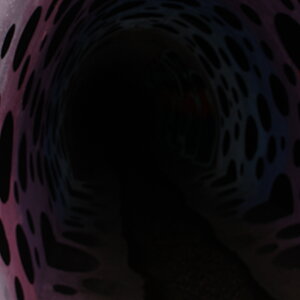Didereaux
Been spending a lot of time on here!
- Joined
- Oct 29, 2013
- Messages
- 2,372
- Reaction score
- 1,587
- Location
- swamps of texas
- Website
- tinyurl.com
- Can others edit my Photos
- Photos OK to edit
This is a link to a Huntington Witherill article by that name. I found it interesting, and worth discussing I think.
Huntington Witherill - Photographer - The Trivialization of Photography
My first observation is that he does not address the issue of quality. In the 1950's literally every average home in America had a few Paint by Numbers paintings hung that the residents had done
and considered them art....it was predicted back then that by the numbers would destroy demand for true art. They were wrong, I think they are wrong again about photography too.
your considered opinion?
Huntington Witherill - Photographer - The Trivialization of Photography
My first observation is that he does not address the issue of quality. In the 1950's literally every average home in America had a few Paint by Numbers paintings hung that the residents had done
and considered them art....it was predicted back then that by the numbers would destroy demand for true art. They were wrong, I think they are wrong again about photography too.
your considered opinion?




![[No title]](/data/xfmg/thumbnail/33/33342-79274d7e5cdf3e52939255e1cd89f2d0.jpg?1619735911)
![[No title]](/data/xfmg/thumbnail/33/33341-3a6934b6cdb015b5acf31087acdcd278.jpg?1619735910)


![[No title]](/data/xfmg/thumbnail/32/32930-09414fc020c2a60a456ff59a05c5ef8f.jpg?1619735759)



![[No title]](/data/xfmg/thumbnail/42/42054-e8278f89f6a543cad8fd644e37b064f3.jpg?1619739992)